Wētā: New Zealand’s Remarkable Insects
Wētā, one of New Zealand’s most fascinating creatures, come in all shapes and sizes. These insects are unique to the country and play a vital role in its ecosystems. From the giant wētā to the smaller ground wētā, they show off the amazing variety of life in Jehovah’s creation.
The Giant Wētā: Nature’s Heavyweight
The giant wētā (Deinacrida) is one of the largest and heaviest insects in the world. These massive insects are found mostly on predator-free islands where they thrive without threats like rats or stoats.
• Weight: Some giant wētā can weigh over 70 grams (2.5 ounces), making them heavier than a mouse!
• Length: Their bodies grow up to 10 cm (4 inches) long, with antennae and legs stretching even farther.
These gentle giants don’t need to defend themselves with bites or stings—they rely on their large size to avoid being eaten. They are harmless and spend their time eating leaves and plants.
The Tiny Ground Wētā
Ground wētā (Hemiandrus) are much smaller than their giant cousins but just as fascinating. These little insects hide in burrows during the day and come out at night to feed.
• Weight: Most weigh less than 2 grams, about the weight of a paperclip.
• Length: Their bodies are only 2–3 cm (less than 1.5 inches) long.
Despite their size, ground wētā are equipped with strong jaws that let them munch on seeds, fruit, and even small insects.
How Many Wētā Are There?
New Zealand is home to more than 100 species of wētā, divided into five main groups:
1. Giant Wētā: The largest species, found mostly on offshore islands.
2. Tree Wētā: Found in tree holes and known for their loud chirping.
3. Ground Wētā: Burrowing insects often found in gardens or forests.
4. Cave Wētā: Long-legged wētā adapted to dark, damp caves.
5. Tusked Wētā: Recognized by their tusk-like features, found in sandy areas.
Wētā have a simple life cycle known as “incomplete metamorphosis.”
1. Eggs: Females lay eggs in the soil.
2. Nymphs: When the eggs hatch, baby wētā (called nymphs) look like tiny adults. They grow by shedding their exoskeleton several times.
3. Adults: Most wētā reach adulthood in 1–2 years, but some, like the mountain stone wētā, can take up to 4 years. Adults typically live for another 1–2 years.
The Role of Wētā in Nature
Wētā are essential to New Zealand’s ecosystems. They help spread seeds, keep insect populations in check, and serve as food for birds and reptiles. Each species is perfectly designed to thrive in its environment, showing how wisely Jehovah created them.
Jehovah’s Amazing Design
The wētā’s variety and ability to adapt to different environments reflect Jehovah’s wisdom. As Psalm 104:24 reminds us, “How many your works are, O Jehovah! You have made all of them in wisdom.” Whether it’s the mighty giant wētā or the tiny ground wētā, each has a special place in the natural world.
Sources:
• Department of Conservation: Wētā
• Te Ara: The Encyclopedia of New Zealand: Tree Wētā
• Science Learning Hub: Wētā
• Wikipedia: Mountain Stone Wētā
Inspired by a conversation with Jen in New Zealand

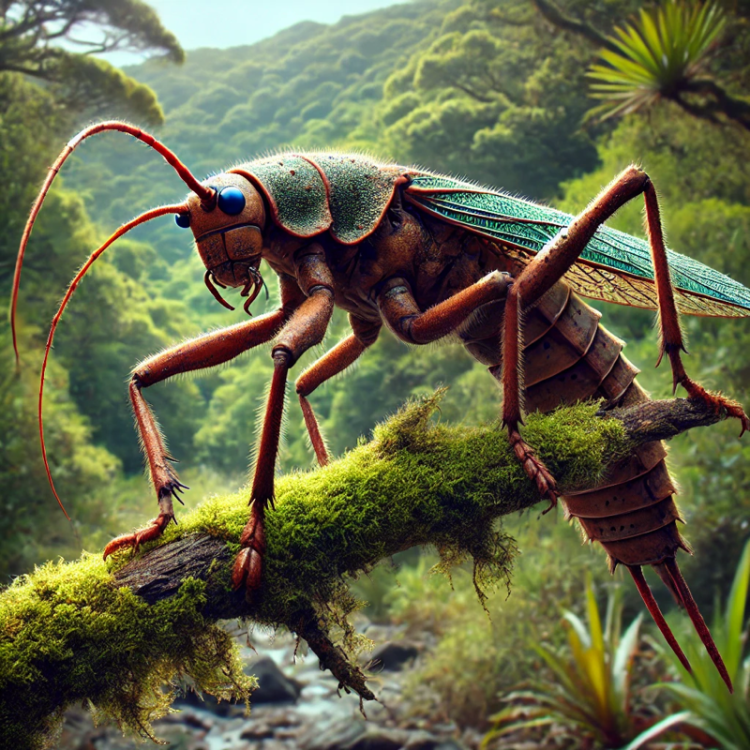
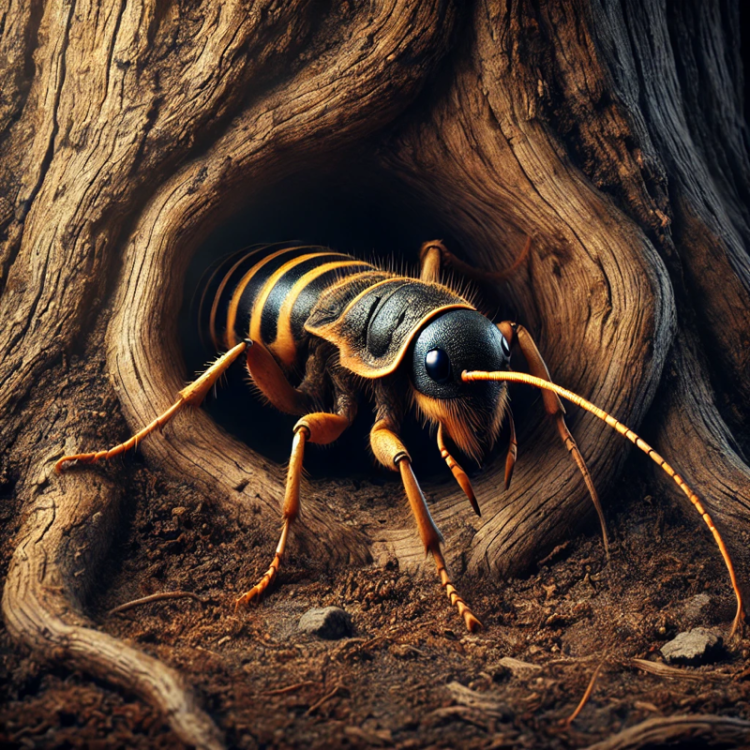
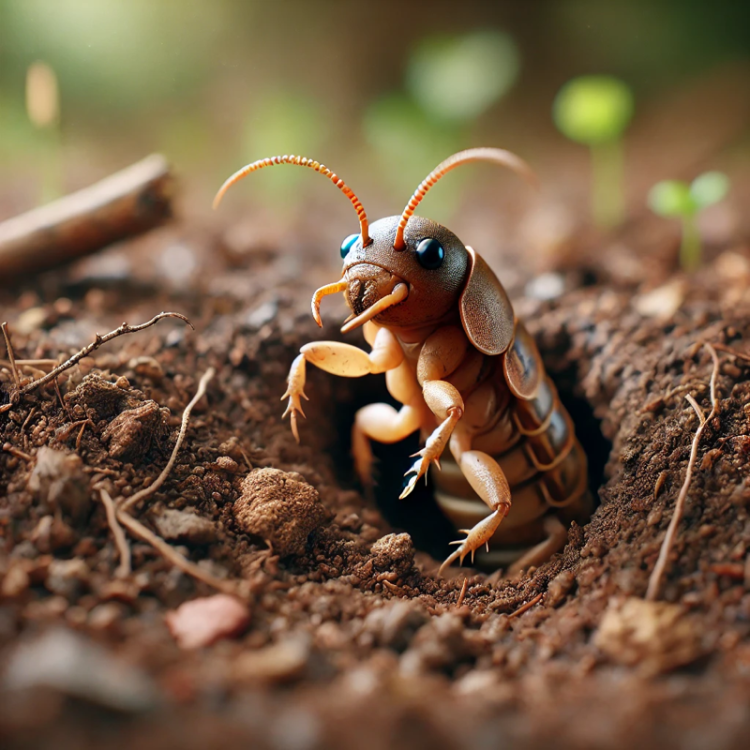
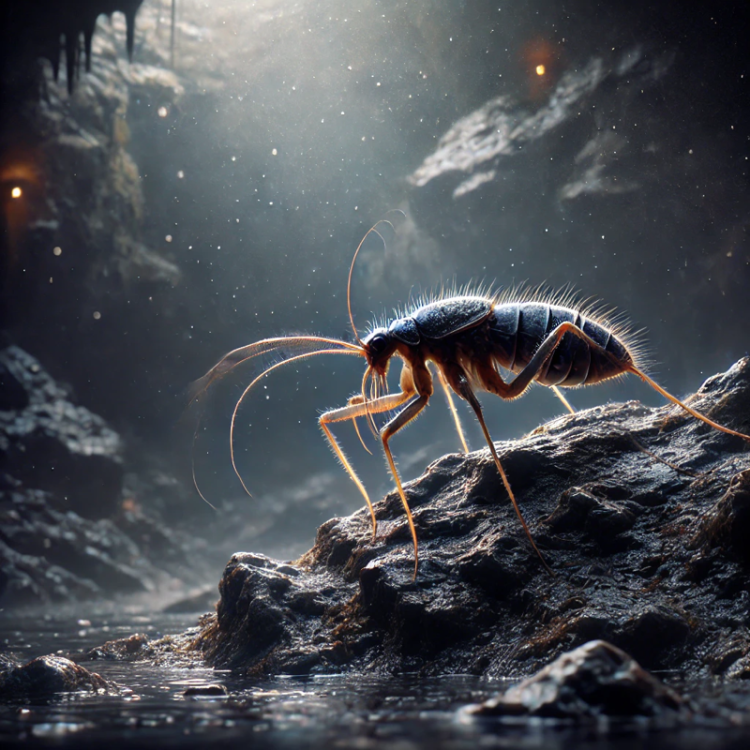
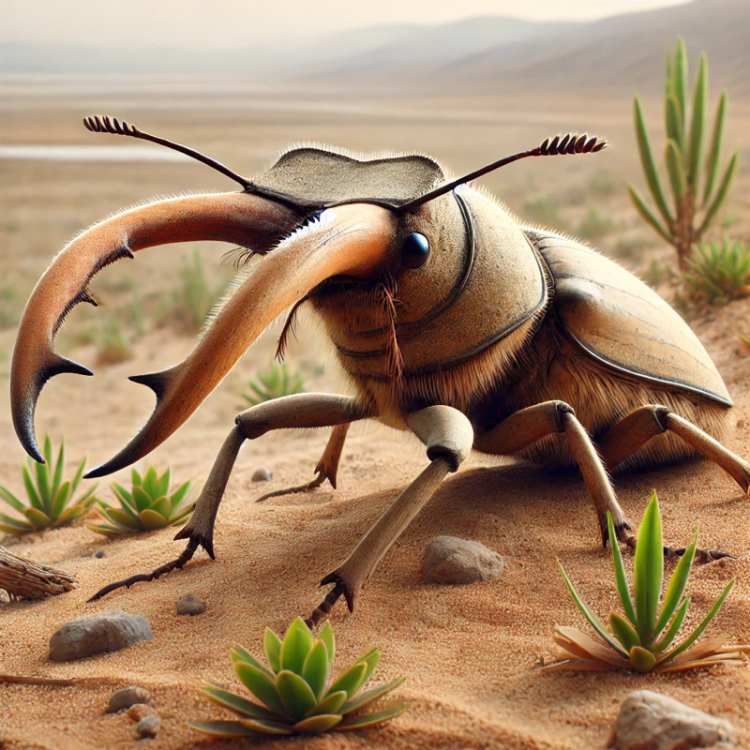


3 Comments
Recommended Comments
Join the conversation with your brothers and sisters!
You are posting as a guest. If you are already a member, sign in now to post with your existing account.
Note: Your post will require moderator approval before it will be visible.